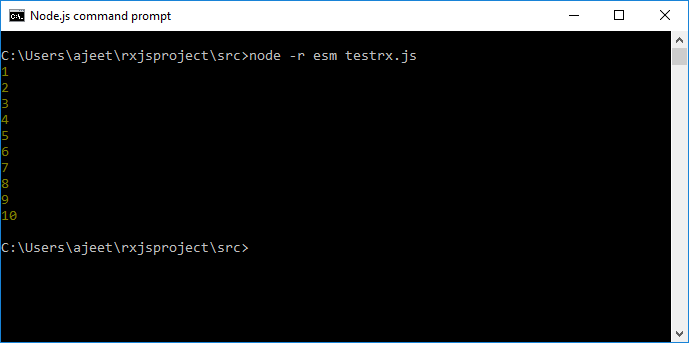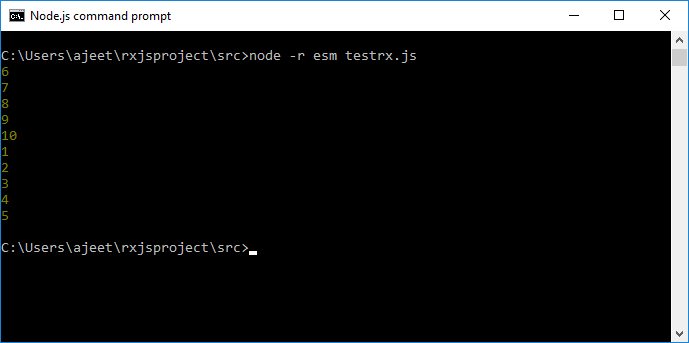RxJS subscribeOn() Utility OperatorRxJS subscribeOn() operator is a utility operator used to specify the scheduler on which the source observable will operate. In other words, we can say that the RxJS subscribeOn() operator helps us to subscribe to the source observable asynchronously according to the scheduler taken as input. By using RxJS subscribeOn() operator, we can decide what type of scheduler a specific observable will be using when it is subscribed to. Schedulers are used to control the speed and order of emissions to observers from an observable stream. Syntax:Following is the syntax of the RxJS subscribeOn() utility operator: Or Parameter Explanation
Return valueThe RxJS subscribeOn() operator's return value is an observable same as source observable, but with scheduler param. It is modified in such a way that its subscriptions happen on the specified SchedulerLike. Let us see an example of the RxJS subscribeOn() operator to understand it clearly. First, see a merging example without using the subscribeOn operator. Example 1 (Without using subscribeOn)Output: After executing the above example, you will see the following result: 
Here, you can see that both observable test1 and test2 are emitting their values directly and synchronously once they are subscribed to. We get the result in the form of output as 1 2 3 4 5 6 7 8 9 10. Now, let's use the RxJS subscribeOn operator declaring the values and merging them. Example 2 (By using subscribeOn)Output: After executing the above example, you will see the following result: 
In the above example, you can see that the output is changed to 6 7 8 9 10 1 2 3 4 5. This is because the observable test2 emits its values directly and synchronously like the first example. But the test2 observable emissions are scheduled on the event loop because we are now using the async for that specific observable.
Next TopicRxJS Operators
|
 For Videos Join Our Youtube Channel: Join Now
For Videos Join Our Youtube Channel: Join Now
Feedback
- Send your Feedback to [email protected]
Help Others, Please Share










